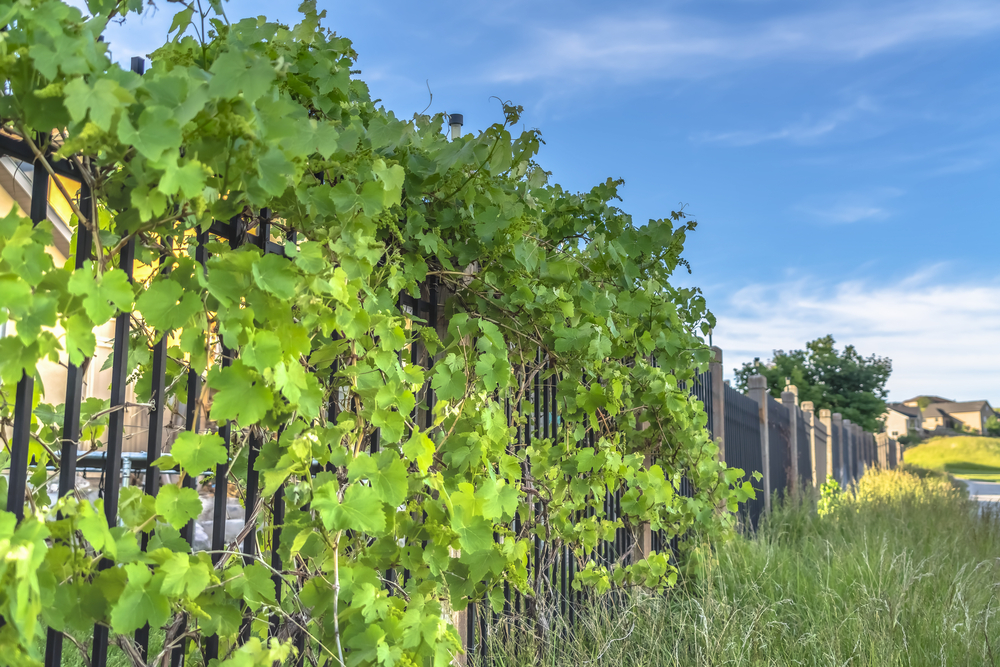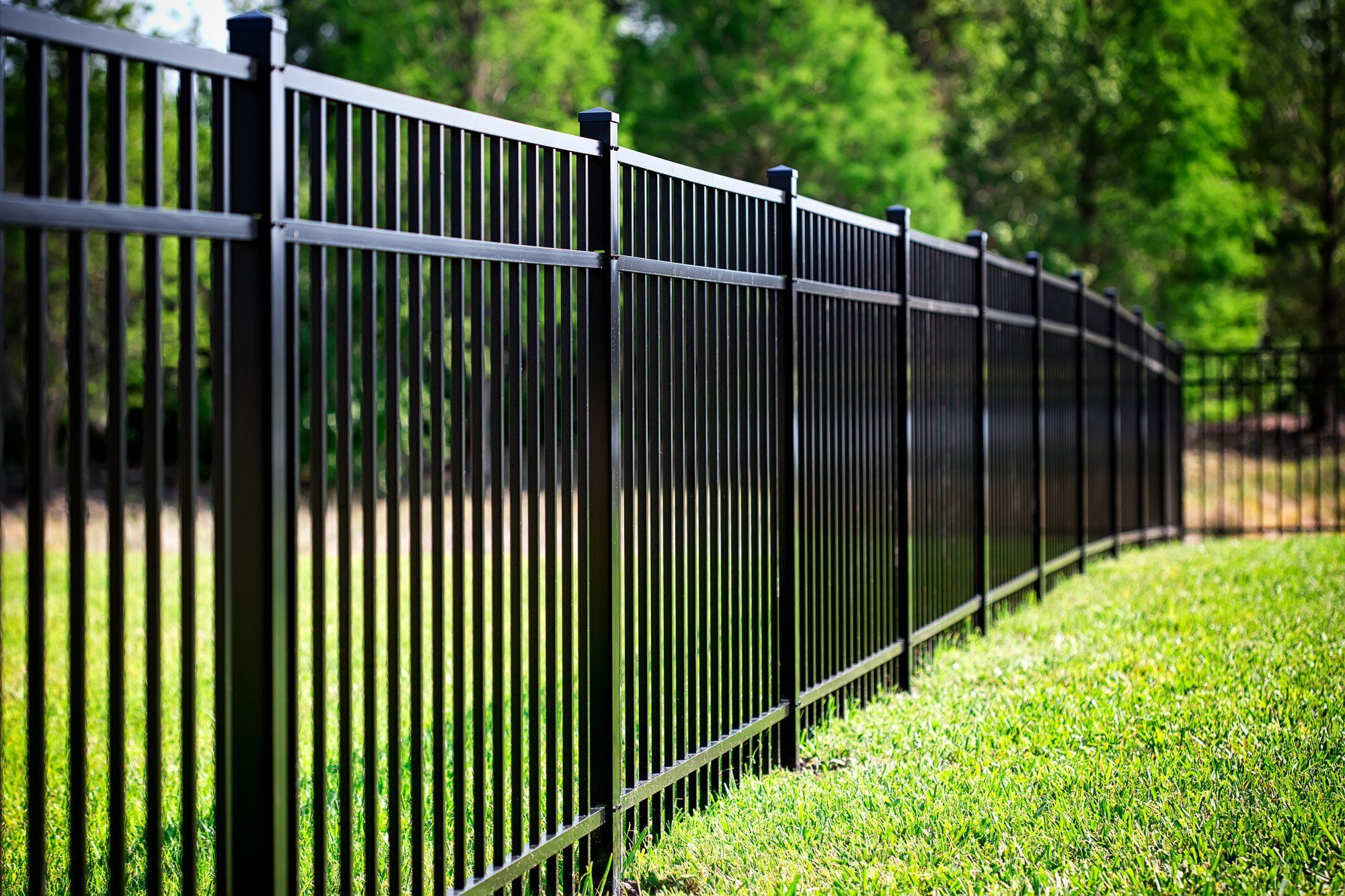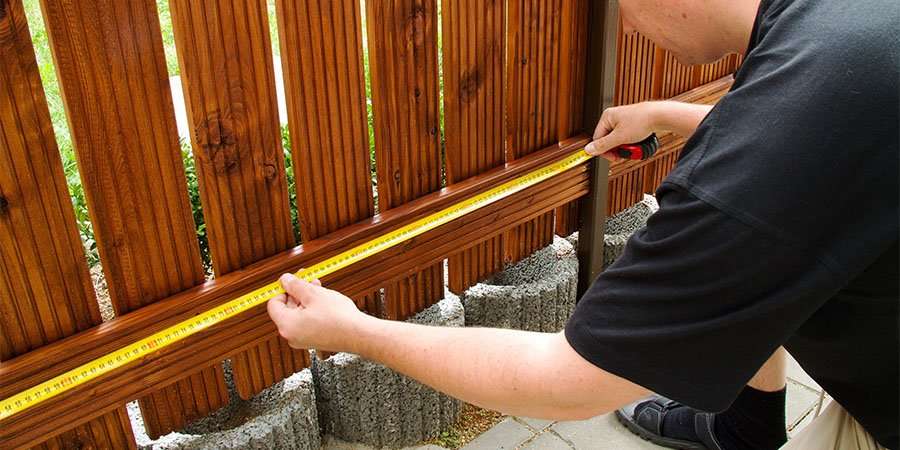All Categories
Featured
While a high fence might seem like the ideal option, the suitable elevation depends on numerous variables, including safety demands, neighborhood policies, and the products utilized. Below, we'll describe vital considerations to aid you select the perfect fencing height for optimal protection.
![]()
If you reside in a neighborhood controlled by a house owners' organization (HOA), you ought to likewise evaluate any specific standards they have for fencing elevation, design, and materials. Abiding by these guidelines ensures you prevent lawful problems and preserve a good connection with your neighbors.
Taller fencings are harder to range and can dramatically lower the likelihood of break-ins. Including functions like pointed tops, barbed cable, and even electric fence can better increase the barrier's safety. A fence that reaches 8 feet or higher is usually efficient at avoiding most people from easily leaping over it.
![]()
Wood Fencings: While wooden fences supply personal privacy, they can be simple to climb, especially if there are no anti-climb attributes. For maximum safety, take into consideration a wood fencing that's 6 to 8 feet high with sharp tops or trellis expansions that make it more difficult to scale. Chain-Link Fences: Chain-link fences are frequently more budget-friendly and sturdy than timber, and they can be constructed to the essential elevation for safety and security. To boost deterrence, think about adding barbed or razor cable ahead. These functions inhibit climbing and make the fencing more challenging to violation. Wrought Iron Fencings: Wrought iron fences are typically used for high-security functions due to the fact that of their toughness and toughness. Their upright bars make it difficult to climb up, and they can be constructed to 6 to 8 feet high with additional spikes or ornamental anti-climb attributes to further protect the boundary. Plastic Fencings: Vinyl is an excellent option if you need a strong, exclusive fence, however like wood, vinyl fencings may require additional elevation or security attributes to deter climbing up. Select a fencing that goes to the very least 6 feet high to make certain personal privacy and security. Each product offers various benefits in regards to visual appeals, durability, and upkeep, so it's vital to consider your details requirements and choices when picking a fencing.
Anti-Climb Attributes: Setting up pointed or sharp tops, trellis expansions, or safety spikes on top of the fencing makes it harder for any individual to scale the fencing. These attributes serve as a strong deterrent to potential burglars. Barbed or Razor Cable: Adding barbed wire or razor cable on top of your fencing enhances protection considerably. This is generally made use of in high-security locations, such as industrial homes, yet can likewise be an excellent choice for properties in high-risk locations. Electric Fence: For top-level security, you might intend to consider adding an electrical fence to your property. Electric fencing, when installed correctly, can create a solid deterrent while continuing to be relatively very discreet. It delivers a moderate shock to anybody that attempts to climb the fence or touch. Combining elevation with these extra attributes makes sure that your fence gives the highest degree of protection.
Stabilizing the need for personal privacy and security while maintaining the visual charm of your residential or commercial property can aid you choose the appropriate height and material for your fence. Make sure that your fence matches the general design of your home and doesn't adversely affect the curb allure.
![]()
By very carefully taking into consideration all these aspects, you can produce a protected, private, and appealing limit around your residential or commercial property that provides both comfort and protection.

- Understand Resident Regulations and Zoning Laws. The very first action in choosing your fencing elevation is to acquaint on your own with regional laws. Generally, front backyard fencings are limited to 3 to 4 feet, while yard fences can be as high as 6 to 8 feet or even more.
If you reside in a neighborhood controlled by a house owners' organization (HOA), you ought to likewise evaluate any specific standards they have for fencing elevation, design, and materials. Abiding by these guidelines ensures you prevent lawful problems and preserve a good connection with your neighbors.
- Identify the Preferred Degree of Protection. The level of protection you need is a significant aspect in determining the perfect fence elevation. A fencing height of 6 to 8 feet is usually advised for ideal safety.
Taller fencings are harder to range and can dramatically lower the likelihood of break-ins. Including functions like pointed tops, barbed cable, and even electric fence can better increase the barrier's safety. A fence that reaches 8 feet or higher is usually efficient at avoiding most people from easily leaping over it.
- Choose the Right Product for Your Fencing. The material of your fence plays an essential duty in its capacity to offer security. While taller fences are much better for safety, the kind of product you make use of can prevent the performance or improve of the elevation. Here are some popular fencing materials for safety:

Wood Fencings: While wooden fences supply personal privacy, they can be simple to climb, especially if there are no anti-climb attributes. For maximum safety, take into consideration a wood fencing that's 6 to 8 feet high with sharp tops or trellis expansions that make it more difficult to scale. Chain-Link Fences: Chain-link fences are frequently more budget-friendly and sturdy than timber, and they can be constructed to the essential elevation for safety and security. To boost deterrence, think about adding barbed or razor cable ahead. These functions inhibit climbing and make the fencing more challenging to violation. Wrought Iron Fencings: Wrought iron fences are typically used for high-security functions due to the fact that of their toughness and toughness. Their upright bars make it difficult to climb up, and they can be constructed to 6 to 8 feet high with additional spikes or ornamental anti-climb attributes to further protect the boundary. Plastic Fencings: Vinyl is an excellent option if you need a strong, exclusive fence, however like wood, vinyl fencings may require additional elevation or security attributes to deter climbing up. Select a fencing that goes to the very least 6 feet high to make certain personal privacy and security. Each product offers various benefits in regards to visual appeals, durability, and upkeep, so it's vital to consider your details requirements and choices when picking a fencing.
- Add Safety Functions for Bonus Security. While height is important, adding additional safety and security attributes to your fence can raise its performance. Take into consideration the following additions:
Anti-Climb Attributes: Setting up pointed or sharp tops, trellis expansions, or safety spikes on top of the fencing makes it harder for any individual to scale the fencing. These attributes serve as a strong deterrent to potential burglars. Barbed or Razor Cable: Adding barbed wire or razor cable on top of your fencing enhances protection considerably. This is generally made use of in high-security locations, such as industrial homes, yet can likewise be an excellent choice for properties in high-risk locations. Electric Fence: For top-level security, you might intend to consider adding an electrical fence to your property. Electric fencing, when installed correctly, can create a solid deterrent while continuing to be relatively very discreet. It delivers a moderate shock to anybody that attempts to climb the fence or touch. Combining elevation with these extra attributes makes sure that your fence gives the highest degree of protection.
- Think About Personal Privacy and Aesthetic Preferences. While safety needs to be your primary problem, it's also essential to think about the visual charm of your fencing. Tall fencings might offer safety and security, but they can often show up enforcing or unfriendly. If privacy is an issue, a strong timber or plastic fence can offer both protection and seclusion, while a wrought iron fence supplies protection with an open view.
Stabilizing the need for personal privacy and security while maintaining the visual charm of your residential or commercial property can aid you choose the appropriate height and material for your fence. Make sure that your fence matches the general design of your home and doesn't adversely affect the curb allure.

- Final Ideas on Fence Elevation and Security. Selecting the ideal fencing height for ideal security involves stabilizing numerous variables, including regional laws, the degree of protection needed, the product of the fence, and additional security functions. In general, a fencing height of 6 to 8 feet is perfect for most household properties, with taller fences providing an added layer of security for risky areas.
By very carefully taking into consideration all these aspects, you can produce a protected, private, and appealing limit around your residential or commercial property that provides both comfort and protection.
Latest Posts
Data-Driven Method That Supplies Results
Published May 10, 25
1 min read
Discover Comprehensive Eye Care Solutions in Dothan, Alabama – Eye Center South Experts
Published May 10, 25
1 min read
Uncover Brake Repair & More: Comprehensive Auto Care Solutions from Montclare Auto Repair
Published May 10, 25
1 min read
More
Latest Posts
Data-Driven Method That Supplies Results
Published May 10, 25
1 min read
Discover Comprehensive Eye Care Solutions in Dothan, Alabama – Eye Center South Experts
Published May 10, 25
1 min read
Uncover Brake Repair & More: Comprehensive Auto Care Solutions from Montclare Auto Repair
Published May 10, 25
1 min read